April Garden: Central Texas
Scroll ↓
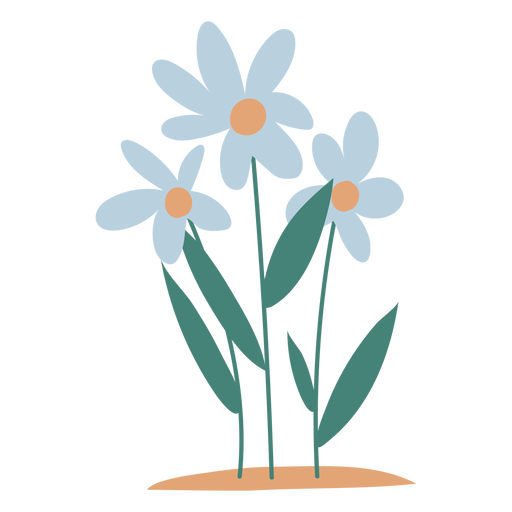
Tip #1
Feed your plants.
March and April are the best months to fertilize your lawn, as well as established trees, shrubs, and other plants for spring. Spray the landscape with seaweed solution in the morning or evening up to once a week. Also use seaweed solution to water in new transplants to help relieve transplant shock and stimulate rooting.
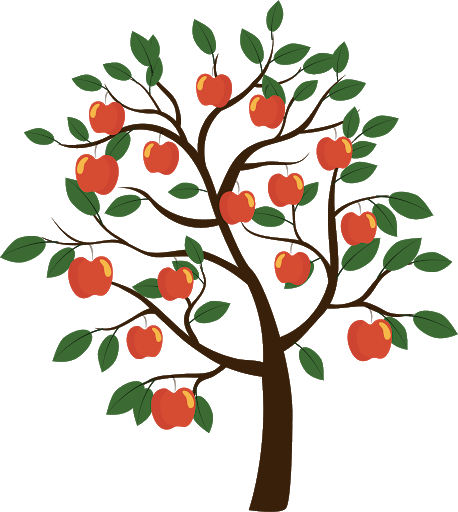




Tip #2
Feed your soil.
It’s important to feed your plants, but also, to feed your soil! Using a liquid soil activator is a great way to improve microbial activity and soil structure. If you haven’t done so yet, topdress your lawn, flower beds, and gardens with compost.


Tip #3
Cover bare soil.
For the health of your soil, and to prevent weeds, keep your soil covered at all times with plants or compost and mulch. Bare soil invites weeds. Consider planting summer cover crops, such as buckwheat or black-eyed peas, in fallow areas. Add compost, then mulch, to other bare soil areas. An inch or two of compost, and two or three inches of mulch is needed to get the benefits of weed suppression and moisture retention. Other benefits include cooler, looser, more fertile soil.


Caterpillars
There are little caterpillars that dangle in great numbers from the oak trees each spring. To save our oaks and plants from defoliation, B.t. or Bacillus thuringensis is a natural solution for caterpillars only. Organic pest control means being as specific as possible, and only target the culprit pests to leave the beneficial insects to do their work. Apply according to package directions to the leaves of your oak trees and the underlying plants. B.t. works on all caterpillars (keep it away from your butterfly garden!) including the Genista which feed on the Texas mountain laurel, and tomato hornworms. If you want to avoid spraying altogether next year, mark your calendar to release Trichogramma wasps in January or February. These tiny, non-stinging wasps parasitize the eggs of these caterpillars as well as several other pests.
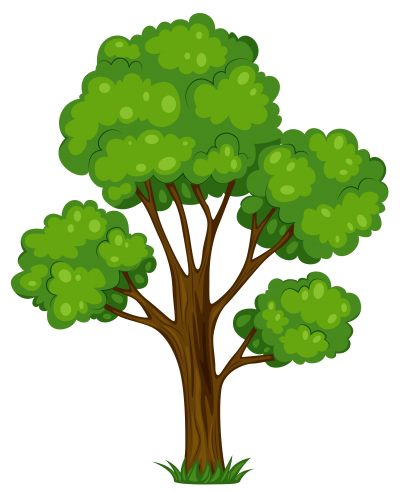
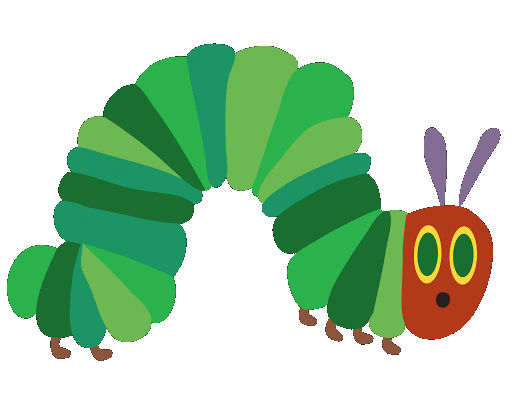
Monitor your plants for insects
Aphids, thrips, whiteflies, stink bugs, and their ilk are best controlled early on, when they’re nymphs or larvae, using the least toxic solution. Correct identification of the bug is the first step, check out a Pest Control Guide for more help.

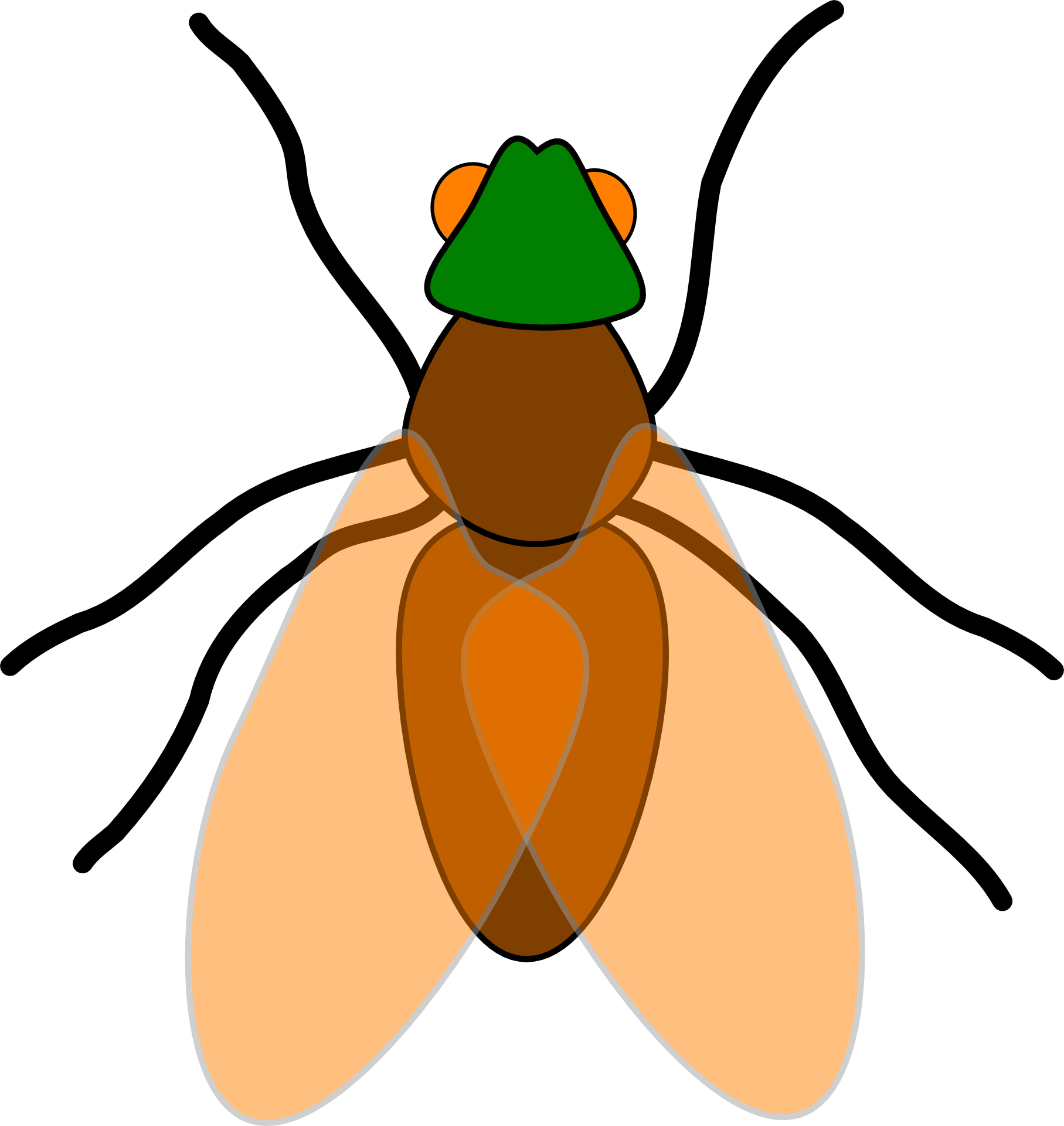

And Lastly, Watch Out For Final Cold Snaps.
The Hill Country gets freezes as late as Easter some years, so stay prepared!
Up Next:
April Planting Guide
Early April
Seeds
- Beets
- Beans
- Corn
- Cucumber
- Okra
- Peas, Southern
- Pumpkin
- Summer Squash
- Winter Squash
- Watermelon
Mid April
Seeds
- Beets
- Beans
- Corn
- Cucumber
- Okra
- Peas, Southern
- Pumpkin
- Summer Squash
- Winter Squash
- Watermelon
Late April
Seeds
- Beans
- Cucumber
- Okra
- Peas, Southern
- Pumpkin
- Summer Squash
- Winter Squash
- Watermelon

Early April
Mid April
Late April
Seeds:
- Beets
- Beans
- Corn
- Cucumber
- Okra
- Peas, Southern
- Pumpkin
- Summer Squash
- Winter Squash
- Watermelon
Transplants:
- Eggplant
- Peppers
- Tomatoes
Seeds:
- Beans
- Corn
- Cucumber
- Okra
- Peas, Southern
- Pumpkin
- Summer Squash
- Winter Squash
- Watermelon
Transplants:
- Eggplant
- Peppers
- Tomatoes
Seeds:
- Beans
- Cucumber
- Okra
- Peas, Southern
- Pumpkin
- Summer Squash
- Winter Squash
- Watermelon
Transplants:
- Eggplant
- Peppers
- Sweet Potatoes
The End
Skrollr is really hard.